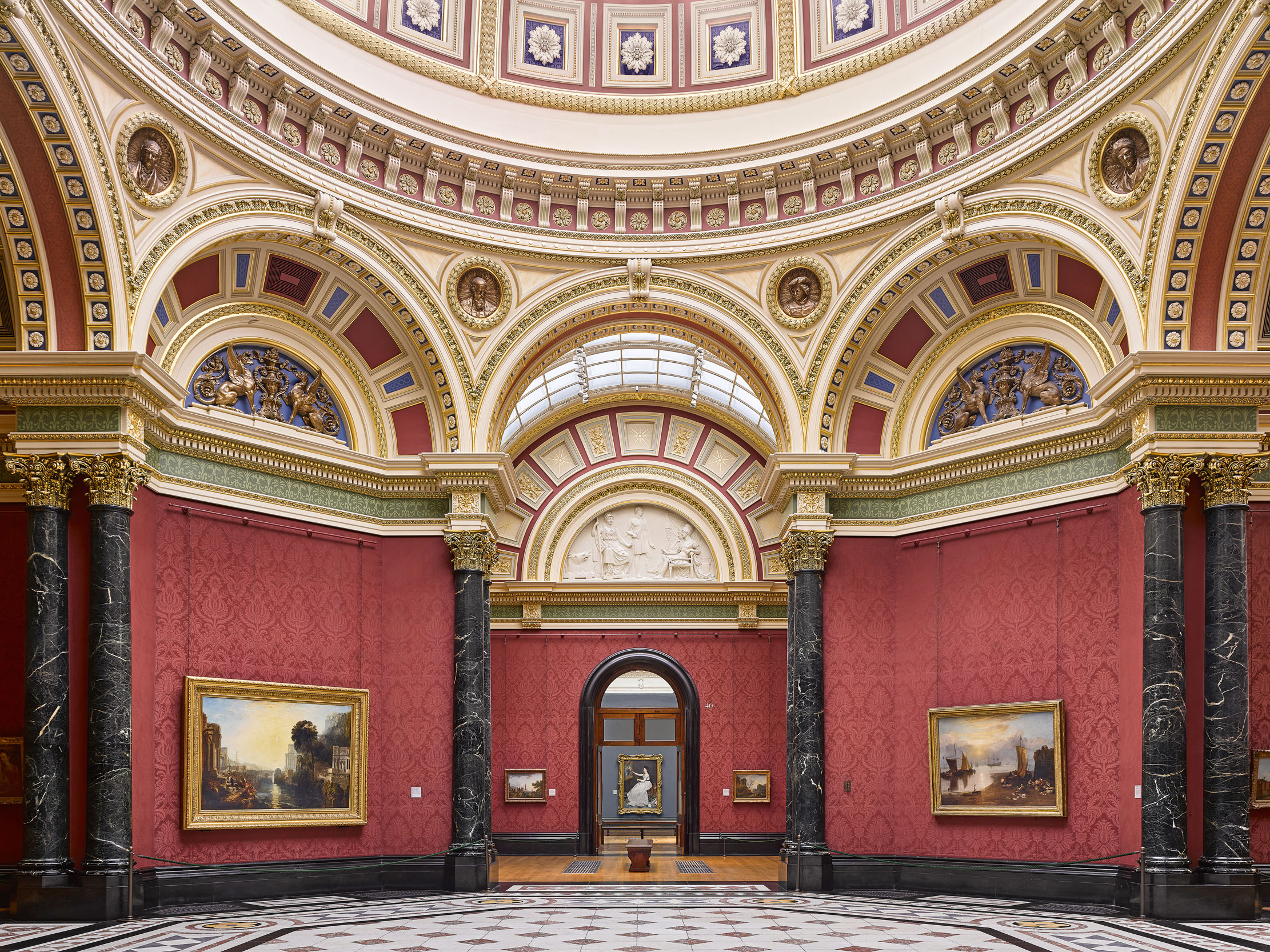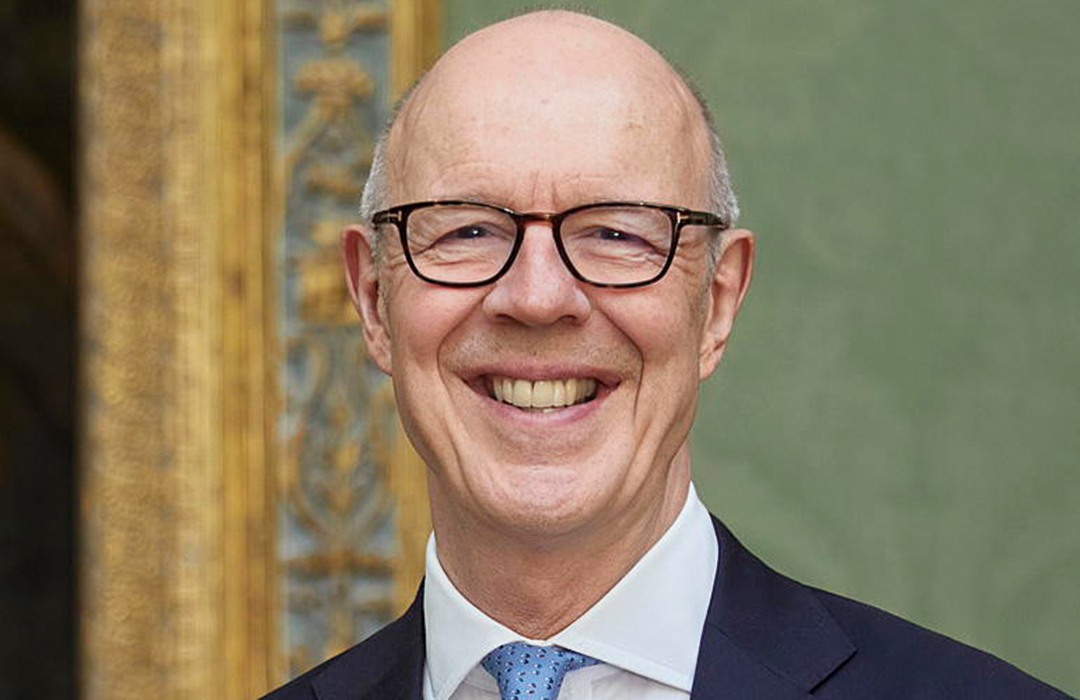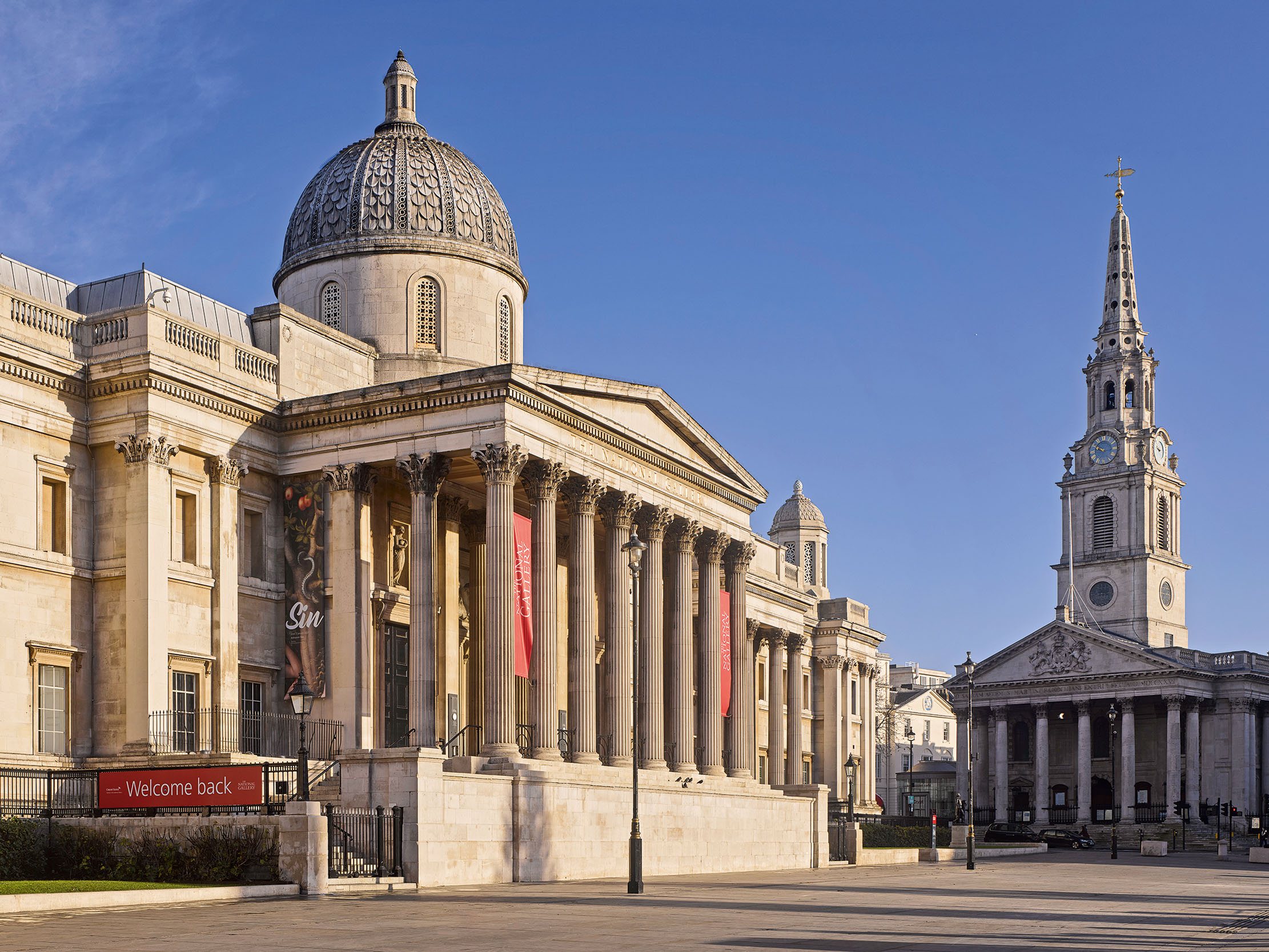
The National Gallery in Trafalgar Square, at the very heart of London, is one of the planet’s most extraordinary repositories of art. Celebrating its 200th anniversary in 2024, it is home to over 2,300 works, from iconic medieval and Renaissance masterpieces by the likes of Botticelli and Michaelanglo through to Turner, Money and Van Gogh.
Naturally, then, when Country Life’s Arts and Antiques editor Carla Passino asked the Chair of the National Gallery to name his favourite of all time, we were expecting him to nominate a Velázquez, or maybe a Raphael, perhaps a Titian, and possibly a Constable or a Turner if he wanted to go with a British artist.
We were a little surprised, then, at John Booth’s actual choice: A cup of water and a rose, by the relatively obscure 17th century Spanish painter Francisco de Zurbarán.
Painted in about 1630 this is — by comparison to most of what’s on display at The National Gallery — a tiny oil painting, on a canvas measuring just 8½in by 12in. As you can see here, it is (at least at first glance) a relatively simple-looking still life that is not even typical of the artist’s output, which mostly consisted of large-scale religious and historical scenes.

Frankly, for most visitors to the National Gallery it wouldn’t make their top 100, let alone the top 1. But we think that's wonderful. What better demonstration could there be of the subjective mysteries and pleasures of art?
‘Small it may be, but it has extraordinary presence,’ John explains. ‘The simplicity of its composition and the beauty of its execution encourage contemplation.
Our art critic Charlotte Mullins agrees, citing the painting’s ‘dark backdrop honing attention and aiding the viewer’s meditation’ on the meaning of this canvas.
Exquisite houses, the beauty of Nature, and how to get the most from your life, straight to your inbox.
‘Perhaps it is this meditative stillness that causes us to stop and contemplate this small painting, the size of a hardback book, despite the larger masterpieces on the walls nearby in the National Gallery,’ Charlotte adds.
Here are John and Charlotte's comments in full.
My Favourite Painting: John Booth
A cup of water and a rose by Francisco de Zurbarán
‘Zurbarán is known for his religious commissions and for his austere and numinous style. In this intense little painting, the beautiful play of light on water, rose and silver plate makes them glisten and gleam against their plain, dark background.
‘Small it may be, but it has extraordinary presence. The simplicity of its composition and the beauty of its execution encourage contemplation. To a devout 17th-century eye, the objects are likely to have brought to mind attributes of the Virgin Mary — her purity symbolised by water and her Immaculate Conception by a thornless rose.
‘In a collection bursting with treasures, it’s very hard to choose a favourite, but this painting causes me to pause, breathe deeply and appreciate the painter’s skill and inspiration. It makes me look slowly.’
John Booth is chair of the National Gallery’s board of trustees

Charlotte Mullins comments on A cup of water and a rose
Francisco de Zurbarán was born in 1598 in Fuente de Cantos, a small village in southern Spain. His parents worked the land, but, aged 15, he was sent to the city of Seville to apprentice a painter. There, he befriended Diego Velázquez and the two remained close throughout their lives. Zurbarán returned to the area of his birth and established a studio in the small town of Llerena, but, increasingly, he worked for the religious orders of Seville. Following the departure of Velázquez for Madrid in 1623, Zurbarán was asked to move permanently to Seville and he enjoyed many large-scale commissions as the city’s official painter.
A cup of water and a rose was created a year after he moved back to the city, when he was hard at work on huge painting cycles for Seville’s convents. We may value this exquisite painting for Zurbarán’s deft ability to conjure the lustre of silver and the reflection of the rose’s petals in the plate’s polished edge, but when it was first painted it would have been seen as a religious work. Spain was staunchly Catholic and religious symbolism would have been widely understood. The rose and the full cup of clear water signified the Virgin’s purity, with the dark backdrop honing attention and aiding the viewer’s meditation on the subject.
Perhaps it is this meditative stillness that causes us to stop and contemplate this small painting, the size of a hardback book, despite the larger masterpieces on the walls nearby in the National Gallery.

The architecture of the National Gallery, 'one of the defining landmarks of London'
In the wake of the re-opening of museums, John Goodall looks at the architecture of the National Gallery in London
Toby Keel is Country Life's Digital Director, and has been running the website and social media channels since 2016. A former sports journalist, he writes about property, cars, lifestyle, travel, nature.

